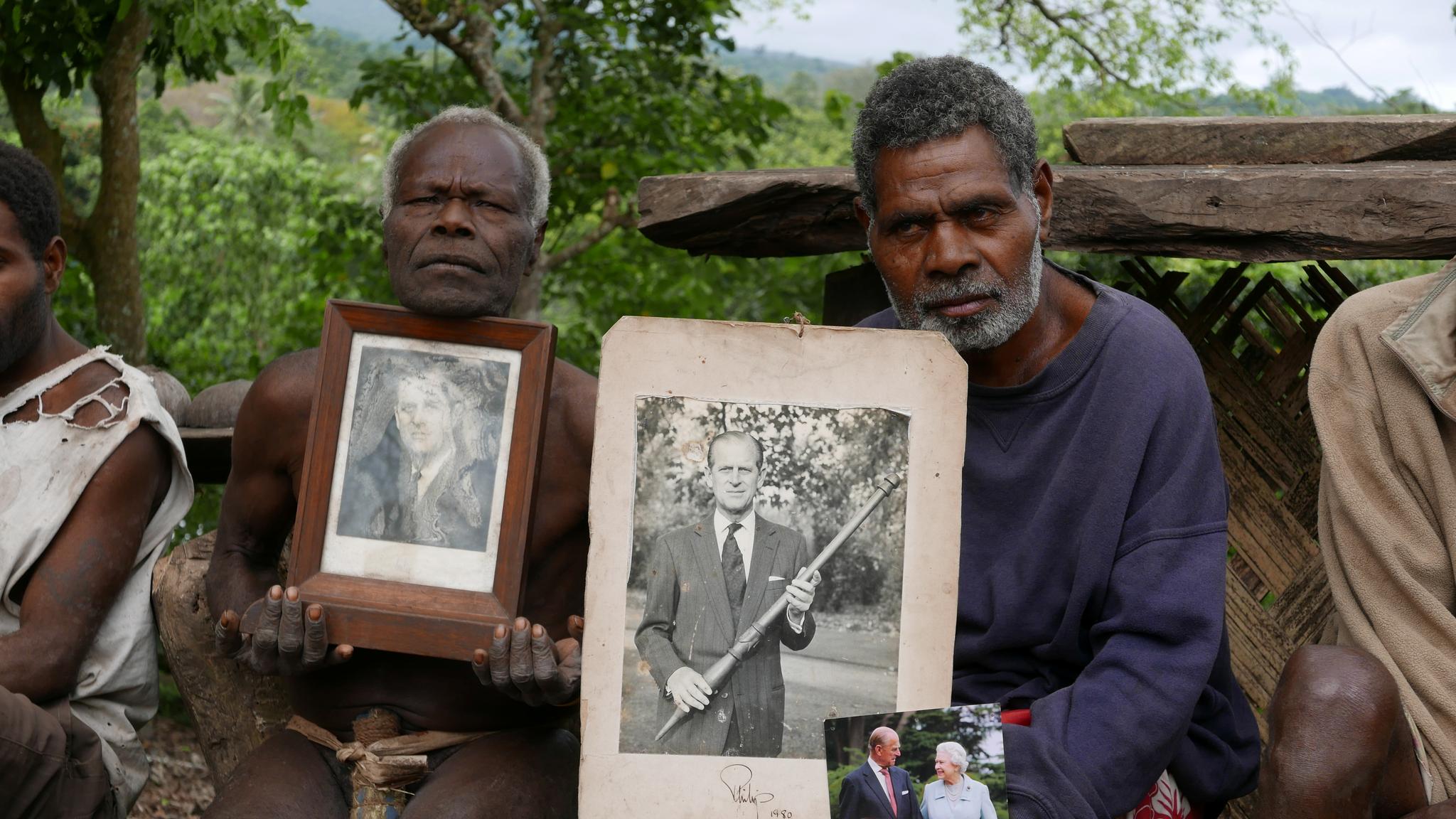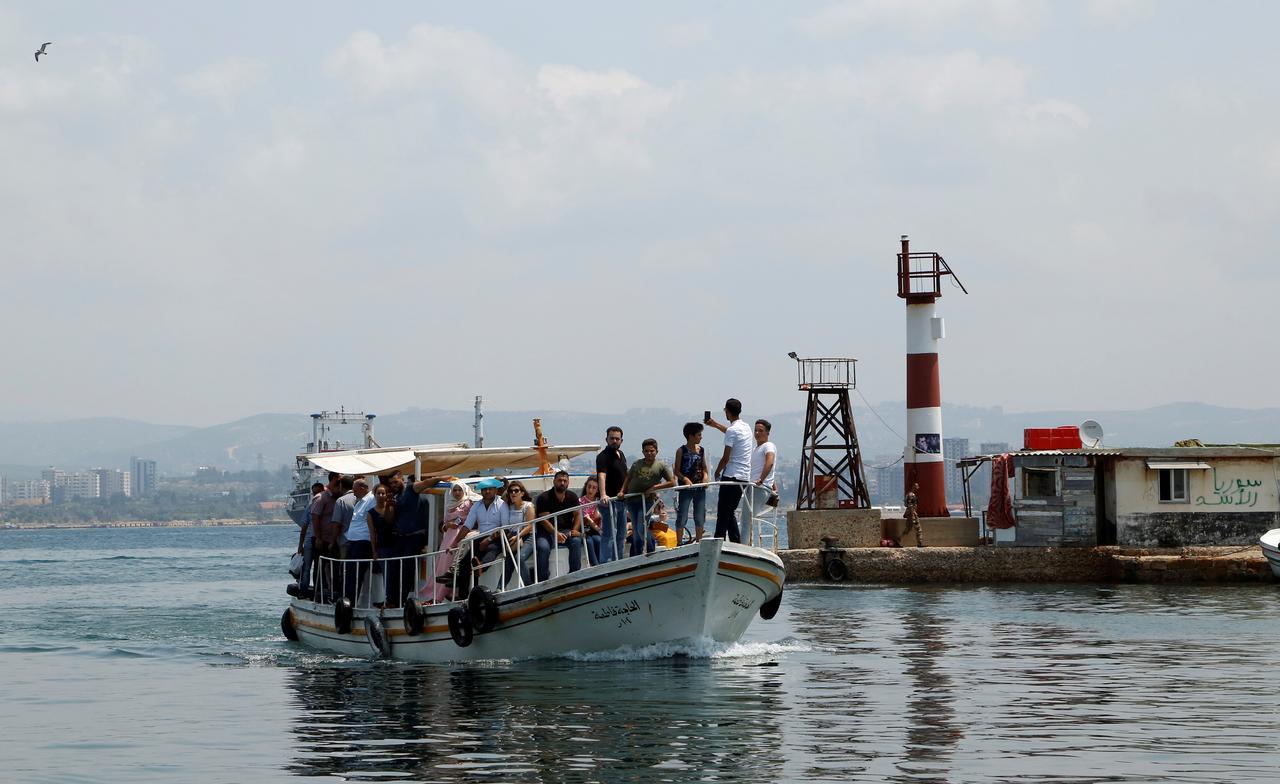Mayotte is a small, sea-horse shaped archipelago–a green and wild rock encircled by one of the world’s largest closed lagoons–located in the Gulf of Mozambique, halfway between Madagascar and Mozambique. The idyllic destination is geographically part of the Comoros islands but has been politically separate since 1974. It has remained under French rule since 1843.
Mayotte possesses a heritage rich in African and Muslim influences. It has also been eyed by Europeans throughout modern history. Currently an overseas collectivity, Mayotte is slated to become a departmental collectivity in 2011. The new designation, elected by the people of Mayotte in a March 2009 referendum, will grant the archipelago’s people rights and duties similar to those of French citizens living on the mainland.
Despite their incorporation into France, the inhabitants of the Mayotte pride themselves on the archipelago's individuality and unique historical influences.
The collectivity is comprised of two main islands, Grande-Terre (365km²) and Petite-Terre (10km²), both linked by barges that cross the 2.8km channel between the islands every half hour.
Both islands are green sanctuaries where coconut trees and papaya trees, along with their heavy fruits, mango trees and baobabs mingle to give the island an aspect of unfettered luxury. Immense flying foxes and curious lemurs, called “Makis,” reside in mango trees, creating a uniquely strange acoustic landscape.
Mostly located in the southern part of Grande-Terre, an area less rainy, the baobab impresses onlookers with the immense girth of its trunk. During the winter season (which hosts moderate temperatures), the baobab looses leaves and suddenly looks upside down with its roots scraping the sky.
Mayotte, encircled by heavenly beaches and turquoise waters in which several hundred kilo sea-turtles freely frolic, is blessed by the dense presence of mangrove, a filter that protects the sea from the earth and vice-versa. The archipelago is mountainous, with three peaks rising between 572, 594 and 660 meters, each offering spectacular 360° views of the surroundings, reachable only after an arduous walk.
Nature in Mayotte is still extremely protected and wild, partly due to minimal agriculture that uses parcels smaller than one hectare to grow manioc, banana trees and mango trees. The few wild or cultivated vegetables and fruits are sold on tiny markets that border the main roads, stalls filled with mangoes, passion fruits, pineapples, chillies, tomatoes and ginger.
Women are the ones to sell these fruits and vegetables, sitting under wide parasols and dressed in colorful “salouvas,” traditional garb composed of three pieces of woven fabric, worn as a dress and tied on the chest. Married women often wear a beauty mask called “m’sindzano” on their faces, made of sandalwood grated on a coral rock that protects them from the sun.
The women of Mayotte, “les Maohoraises,” continue to play a major political and social role in this 95% Muslim island, leaving very little space for men to express patriarchic roles traditional reserved for them. The women fought for years to ensure Mayotte remains in the fold of France, and they succeeded when the French parliament recently allowed Mayotte to become the country’s 101st department. Matriarchy is predominant in this society, and properties and goods belonging to the mothers are inherited by the daughters. A woman in Mayotte is automatically the owner of the house she shares with her husband, as the father is compelled to build a house for each of his daughters.
The husband, in the case of divorce, will need to vacate the household and find shelter in his “banga,” a house of thatch and earth he constructed while a teenager. Although the tradition of building bangas is gradually disappearing, some young men still build these hovels away from the village where they receive friends and girlfriends alike. These richly decorated shacks constitute a “rite de passage” where boys become men, and fortunately manage to trap their future wife in the process.
Ninety-five percent of the 200,000 inhabitants of Mayotte are Sunni Muslim and practice a moderated faith, allowing a matrilineal type of succession, where property and some of the land are inherited by women. The people of Mayotte traditionally embrace Sufism and admit the existence of spiritual guides and confraternities. The oldest mosque in Mayotte dates back to 1566 and today each village has its own mosque.
All is not well, however, for Mayotte's men or women. Unemployment reached an unprecedented 50 percent peak lately, as the island offers young generations of workers few opportunities. Tourism remains a nascent source of revenue.
For visitors, Mayotte offers a variety of hotels and resorts along its shores. It is equipped with a network of taxis that escort tourists to the island’s destinations. From Cairo, one touches down in Nairobi through Khartoum. Kenya Airways and Egypt air both connect Cairo to Nairobi, but only Kenyan Airways goes to the airport of Dzaoudzi-Pamandzi on Petite-Terre. Travelling from Cairo to Mayotte requires around 12 hours, so plan to spend at least 10 days on this green pearl of the Indian Ocean.




